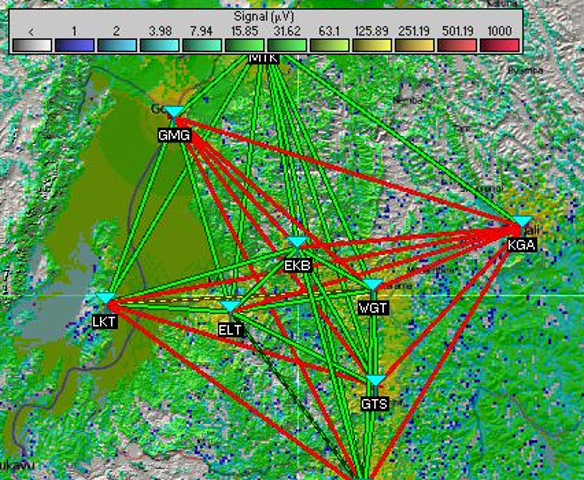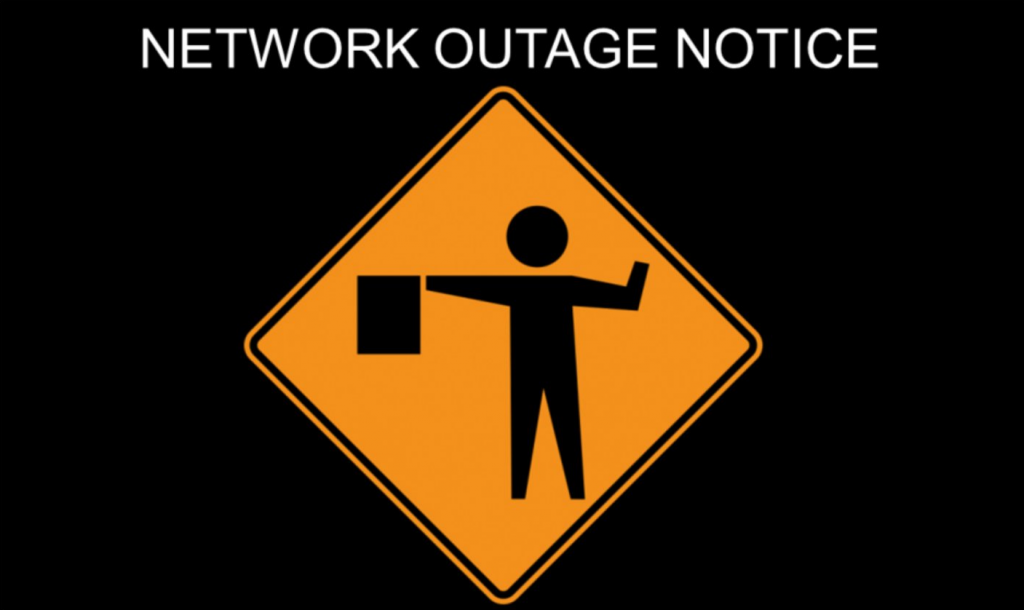
I got a chance in 2008 to visit Kigali, Rwanda and propose Digital Dialtone to the Government of Rwanda. At that time Starlink didn’t exist, and not only did Rwanda NOT have Internet, but they had less than 2000 wired telephones, and the cellular service was horrible and over priced.
Certainly for Emergency Services when lives are in danger, pricing isn’t a factor. But thanks to Starlink, Musk is doing the right thing, but that has a limited free ticket too.
But the situation in Rwanda was that people were so poor, as to not be able to afford phones, cars, electricity, and the Internet wasn’t practical – Gangsta YouTube Videos would not have helped them. Even then, the only way to attempt to get digital services into Rwanda was by satellite link from Virginia to Kigali, where I implemented WiFi hot spots over a portion of the city. I took servers designed by Advanced Intelligent Networks, wireless hubs, computers, monitors and VoIP devices and set up demonstrations for Government officials. Even by satellite, Advanced Intelligent Networks’ VoIP services out performed the “traditional cellular phone services”.
Understand Rwanda is literally the land of a thousand hills and even without the foliage and corrugated steel roofs causing signal bounce, it would have nearly been impossible to deliver services anywhere in the country – you can’t get more rural than that.

Based on the US Government incompetence with regard to communication services for residents as well as emergency services, hurricane Helene has proven that money grubbing tech has screwed these people over, who now have little communication infrastructure, no functional equipment, and no line of sight for cellular signals to homes.
In 2009, my company, AINC developed the Kagera project – a decentralized mesh based Radio Modem design that (for Rwanda) required 8 radio licenses, using approximately 40 solar powered telephone pole towers, and covering 12,000 square miles (more than the total Helene flood damage) for an approximate initial network cost of $400,000 – less than the cost of a single Traditional Cellular Tower.
The Akanyana phone designs were incredibly simplistic, with an MSRP of under $35 and no monthly or per minute charges for voice and text. The cost to operate the network was the division of 8 yearly license fees, divided by the entire number of users served. The US allows cognitive radios on certain bands license free.
The Government is the problem. Although engineered as a global solution, the US regulations under the FCC would make this proposed design prohibitively expensive in regulations and proposals with a legion of lawyers, lobbyists, and kickbacks to politicians.
Greed killed the project in Rwanda, and can kill Helene recovery despite Elon’s charitable efforts to reduce the costs in human lives, but regulations and the drooling vultures looking to seize land with rumored lithium deposits using eminent domain will hinder recovery.
The Kagera project could be done here, whether in Appalachia poor flooded areas, or simply as a backup if our benevolent government decides to purge human life by turning off or stopping critical services and failing to perform chartered duties. We don’t have to allow the US DEI government to F*ck up this recovery.